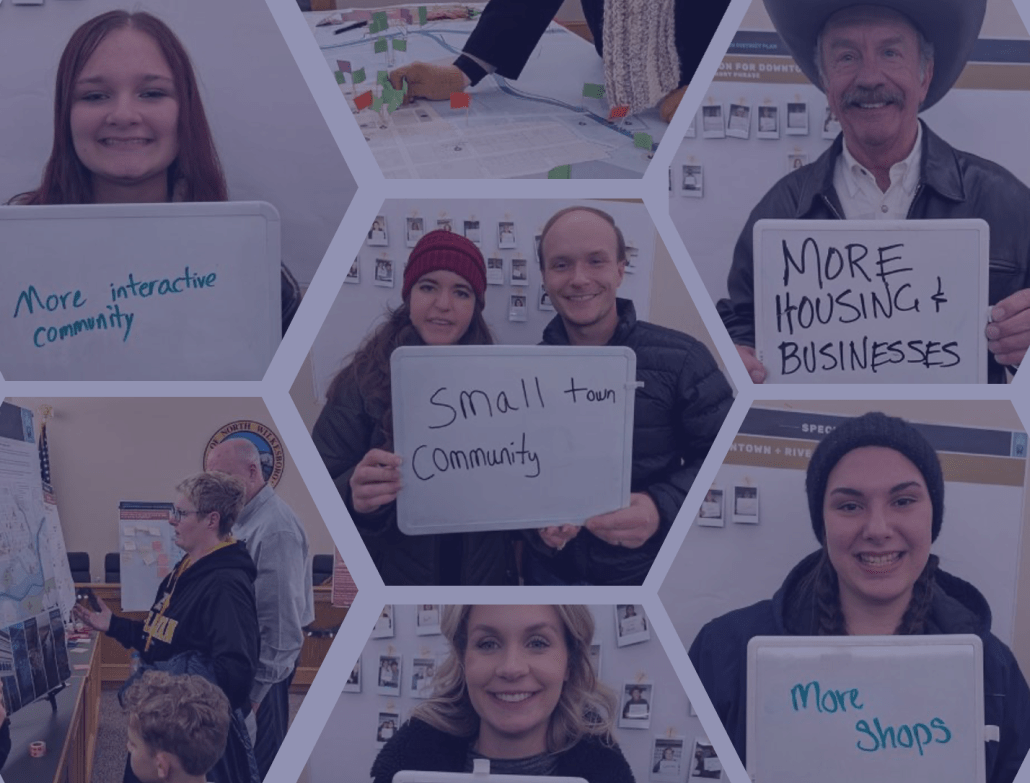Kids are a group that is hard to reach. And when it comes to youth engagement in urban planning, the task becomes even more challenging. At a first glance, planning might not seem the most interesting topic for kids and teenagers, and planners will never succeed in luring them into community meetings and public hearings (because these are often time-consuming, uncreative, and simply boring). However, Cardiff Council shows how digitizing youth engagement can turn the tide.
Cardiff set a goal of becoming a child-friendly city. As a part of this project, the council aims at raising awareness about a Local Development Plan among the youth, as well as gathering children’s opinions about their local area that would, subsequently, influence the development of the plan.
Youth Engagement Requires New Digital Solutions
When you need to explain planning to kids and engage them in the process, a simple Google Form with questions about certain places in the city won’t do the job. That’s why Sarah King, Curriculum Achievement Officer at Cardiff Council, looked for new solutions for creative and authentic youth engagement.
It was a good opportunity to move away from Google Forms and look for something more dynamic and innovative for children. We’ve evaluated several engagement platforms, and we’ve landed on Maptionnaire.
Sarah King, Curriculum Achievement Officer at Cardiff Council
Maptionnaire’s gamification elements were a deal-breaker. For example, you can add a geobudgeting question to your survey, where respondents decide how to divide the budget between several options and also locate them on a map. This budget game became a hit among kids in Cardiff!
The budget game at the end was fantastic, as I considered my choices and thought about what all the space could be used for which made me feel responsible
Feedback from one of the participating pupils
Maptionnaire is fully GDPR compliant. Also, all the respondents can remain anonymous, which is extremely important when having children as respondents.
Involving the Kids in a Local Development Plan
The council’s child-friendly team, teachers from local schools, and planning consultants worked together on designing an engagement questionnaire to be presented to local pupils. They collaboratively decided what information they need from kids — and how it will be used in the Local Development Plan.
The first version of this survey was tested during a trial engagement round in three primary schools among 9-11-year-old pupils. It appeared that the questions were really spot-on, and kids could easily answer them via Maptionnaire Platform. There were still a few things to tweak — that’s why the Maptionnaire team always recommends you to test your survey before launching (you can easily hide all the test data from the results).
What’s more, during this test round, planners got to talk with the kids from the trial school and take them for a walk, where the pupils shared some of their experiences. This short walk opened a completely new perspective on the city, which was later enhanced by the wealth of data received through the engagement survey.
Youth Engagement in Action: Process and Results
Having an engaging survey in place is not enough — you need to ensure that kids know about it and understand why their participation matters. That’s why the launch of the engagement activity was linked to Cardiff's Virtual Grand Council kick-off. All schools were invited (in the end, 40 schools attended virtually). Teachers and local councilors learned about the initiative and passed the information onto their pupils. Overall, more than 1000 children from the target age group participated, and with great enthusiasm. This reveals how engaged kids can be if they find the activity fun and purposeful.
I really loved Maptionnaire as it gave me the freedom to express my opinion.
Feedback from one of the participating pupils
The resulting data was analyzed by the Resources, Performance and Partnerships team, who also prepared a report. The engagement results were also shared with the Head of Planning and senior planners, as well as the Councilors. It is crucial to keep this dataset available to any entity who is willing to take this information about kids’ perceptions of the city into account — for future planning or policy-making. Currently, Cardiff works on ensuring that the interactive data you can explore within Maptionnaire or export can be accessed by different departments.
Since it was the first time Cardiff tried Maptionnaire for youth engagement, they wanted to get feedback from participating kids about the tool. It appeared that the pupils really enjoyed sharing their opinions and felt a sense of responsibility for their city.
I really enjoyed using Maptionnaire because I had the wonderful feeling of being responsible and I felt very grown up using it, I really thought about my decisions.
Feedback from one of the participating pupils
Because the platform is engaging and pleasant to spend time on, children were thinking about their decisions. As a result, planners received rich data, while the kids got introduced to the planning and instruments of affecting local decision-making.
Inside a Maptionnaire Youth Engagement Survey Designed by Cardiff
Maptionnaire surveys are completely customizable: you can use a variety of question forms and choose your custom imagery. For Sarah and her colleagues working on the survey design, it was crucial to make the survey engaging and not monotonous — and these features in Maptionnaire definitely helped to achieve their goals.
There were also several map-based questions in the survey, where kids could map their favorite and least favorite areas and explain why they feel this way about them. They can even upload a picture as an answer! To help kids get used to this new survey format, the survey started with an exercise where a respondent could practice placing map-pins. And then off to the questions!

But still, navigating a map of a city might be a bit intimidating for a kid (although we shouldn’t underestimate their level of digital literacy). Conveniently, in Maptionnaire you can set a map view to open on a target area defined by the previous answer (for example, a postal index, a neighborhood, or a school — as in the Cardiff survey). It makes it easier for kids to find specific locations on a map of a familiar area: they spend less time browsing the map and focus on answering the questions instead.
If these questions about locations in a city were answered solely in a written form, it would have been very confusing and tedious for planners to identify specific places and analyze this data. Since Maptionnaire works with actual GIS formats (e.g., GeoJSON and sharpefiles), all the answers can be easily plotted on a map and reviewed — both the bigger patterns but also on a level of individual answers.
The data from the survey made planners acknowledge how different their adult perceptions are from those of children, and how it is important to accommodate youth wishes and experiences in the planning process.
As mentioned, Local Area Game — a gamified decision-making process based on Maptionnaire’s geobudgeting feature — was especially loved by the kids. They were given a budget to spend on city planning, which wasn’t realistic or binding, unlike in a participatory budgeting process.

During the game, the kids can decide how they want to spend this budget from a number of different options (each is assigned a specific cost). It is made in a way that children need to use a combination of options and decide which solutions are the most urgent. Also, they locate these solutions on a map to indicate where they want to see this improvement. What’s more, it helps kids understand the job of planners and the type of decisions they regularly face.
Maptionnaire was also used in several other initiatives. For example, Knife Crime Project offered teenagers from Cardiff an immersive experience that teaches them making right decisions about gun violence. Through this game, planners received information on how safe the children feel at day and night.
Also, through a geobudgeting exercise, participants were asked to suggest improvements that would boost their feelings of safety. This data was insightful for planners and was passed onto different departments and agencies.
I loved using Maptionnaire because it put my opinions about Cardiff out in the world.
Feedback from one of the participating pupils
Here are a couple more articles about youth engagement for you to explore:
- Making Lahti a Child-Friendly City with Public Participation Tools
- Children's Independent Mobility and Active Transportation: Anna Broberg at Urbanistica Podcast








.jpeg)
.webp)

.webp)

.webp)
.png)















































